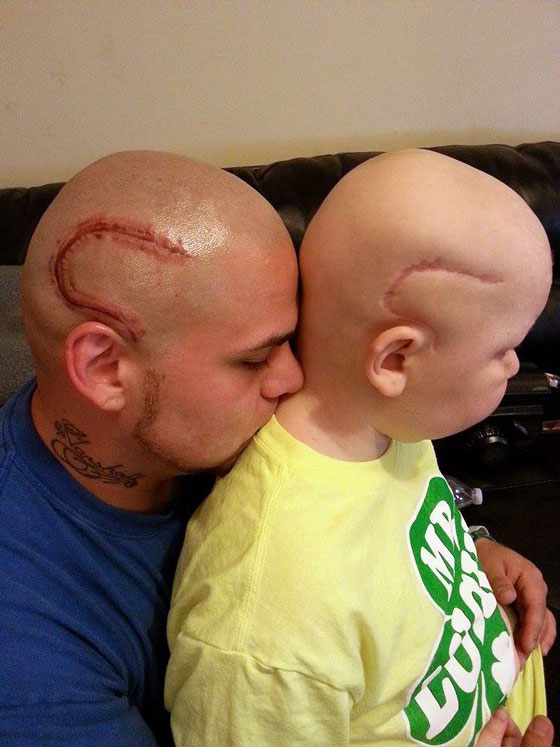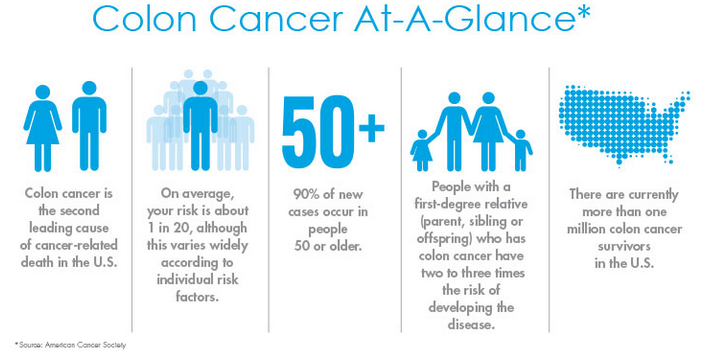Before Marie Tschopp was a transcriptionist for Iowa Cancer Specialists she was a stay at home mom searching for something to express her creativity while earning some money as well.
That led her to joining a storytelling guild and doing presentations for churches, schools and other organizations. Tschopp said her most popular program over the years has been her recreation of Laura Ingalls Wilder, author of the Little House on the Prairie books.
Now she’s taken her research into the family further by releasing her book on Mary Ingalls, her sister.
“I saw there wasn’t a book on Mary and her time at the blind school,” Tschopp said. “I asked if they would allow me to write one and opened up their archives and was able to put together a book on Mary Ingalls at the blind school.”
The book is available through Amazon and features information on her life at the Iowa College for the Blind and photos that haven’t yet been published.
To put the book together she spent quite a bit of time digging through archives.
“I did a lot of research, I visited Iowa State Historical Society and the Herbert Hoover museum. They have the Wilder papers so I went there and did a lot of research,” Tschopp said.
Tschopp said writing the book and presenting as Laura Ingalls allows her to express her creativity and have some fun while doing it.
She’s a member of the Laura Ingalls Wilder Legacy and Research Association as well and has devoted hours and hours to researching the family for her presentations and book.
Marie has a website at http://www.marietschopp.com.




 (Photo courtesy KRCR)
(Photo courtesy KRCR)






